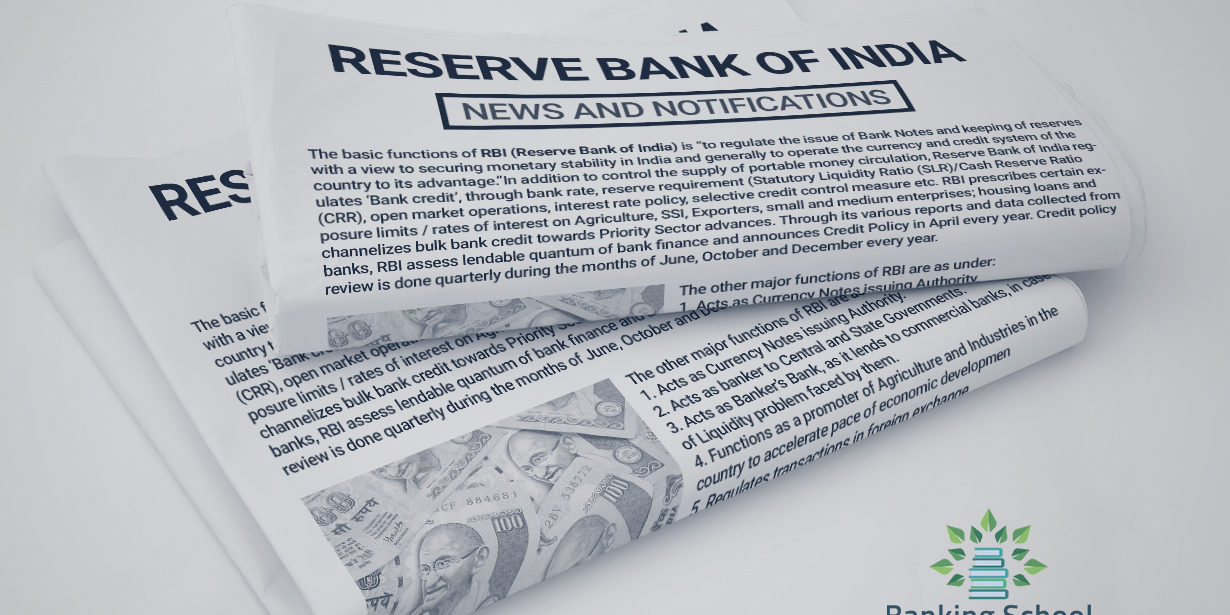In the macroeconomic sense, an expansionary monetary policy is a form of monetary policy used by central banks that aims to surge the rate of monetary expansion to stimulate growth during a recession or in anticipation of a recession.
When interest rates are already high, the central bank focuses on increasing the money supply and lowering key policy rates to allow corporates and consumers to borrow at reduced borrowing costs. When the policy rate is below the unbiased rate, the monetary policy is expansionary. The expansionary monetary policy will be fruitful because corporates are inclined to get better returns by investing their money in manufacturing, construction, and other production-related expenditures. Home, car, and two-wheeler buyers love to go for cheaper loans from banks that help in moving the money throughout the system thus increasing economic activity. The declining interest rate also makes government bonds, and bank deposits less attractive and encourages people more towards consumption and investment in other riskier portfolios in expectation of better returns. The central bank also seeks to encourage increased lending by banks by decreasing the cash reserve ratio, and or the statutory liquidity ratio which is essentially the amount of capital a bank needs to hold onto when making loans.
When interest rates are already low, there is less room for the central bank to cut interest rates. In this case, central banks purchase government securities through open market operations to expand the money supply in the economy. This is known as quantitative easing (QE). QE stimulates the economy by reducing the number of government securities in circulation. The increase in money relative to a decrease in securities creates more demand for existing securities, lowering interest rates, and encouraging risk-taking.
Related Posts:



